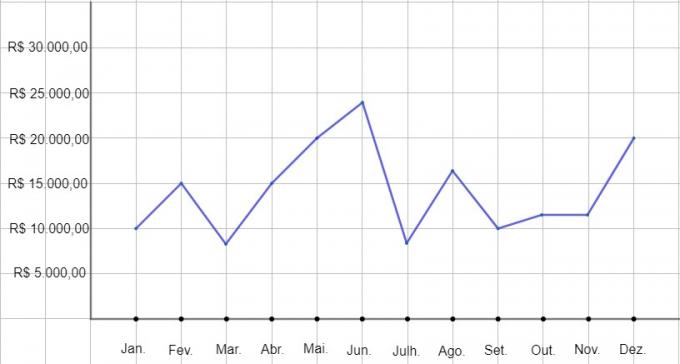Did you know that since November 1981, the prices been rising at an ever-faster pace in Japan? Some authorities of central bank discussed the impacts and a future departure from low interest rates. To learn more about the rise in Japanese inflation that has kept many people awake at night, follow along.
Read more: Being a housewife is still attractive for women in Japan
see more
Ninth economy on the planet, Brazil has a minority of citizens with…
White goods: see which products the government wants to reduce…
japanese inflation
This is worrying, as it has already reached a four-decade high. Last month, the increase in fresh food prices rose by 3.7%. This high was also applied to the consumption of electricity and processed foods.
Japan, during the period of the 1990s, underwent an oscillation between deflation and slow inflation. Unlike the United States of America and other economies, which raised interest rates in an attempt to combat rising inflation. The third largest economy in the world was totally against it, deciding to keep it that way, with the extremely low interest rate to boost growth.
The increase in the prices of imported food is due to the restriction of external supply, as well as the rise in manufactured parts and the fall of the yen, which compared to the dollar, has fallen by more than 20% this year.
The rate maintained by the Central Bank is zero for the long term and -0.1% for the short term.
the BOJ
Takeshi Minami, chief economist at Norinchukin Research Institute, had this to say on the matter: “The hurdle for policy normalization is not low. The global economy could deteriorate in the first half of next year, making it difficult for the BOJ to take measures that could be interpreted as monetary tightening.”
The BOJ allowed the long-term increase in interest rates. Market participants see this act as a presentation for a further withdrawal from their stimulus program. According to Haruhiko Kuroda, the bank does not intend to reverse the stimulus, as this imbalance should fall by 2% next year.
The October minutes showed that board members are focusing their attention on the risk of overshooting inflation. One of the minutes members said the following: “Given structural changes such as the move away from globalization, past experiences in Japan may not necessarily apply. We cannot rule out the possibility of a large increase in inflation.”

